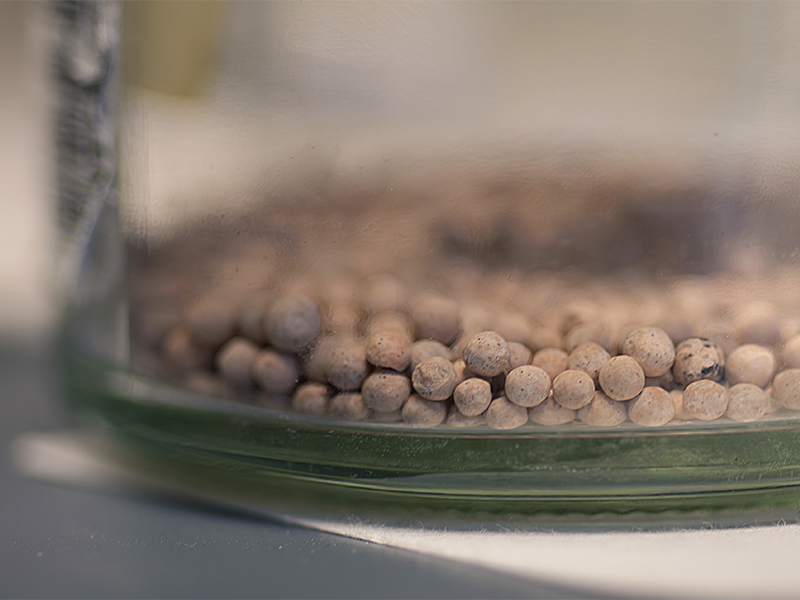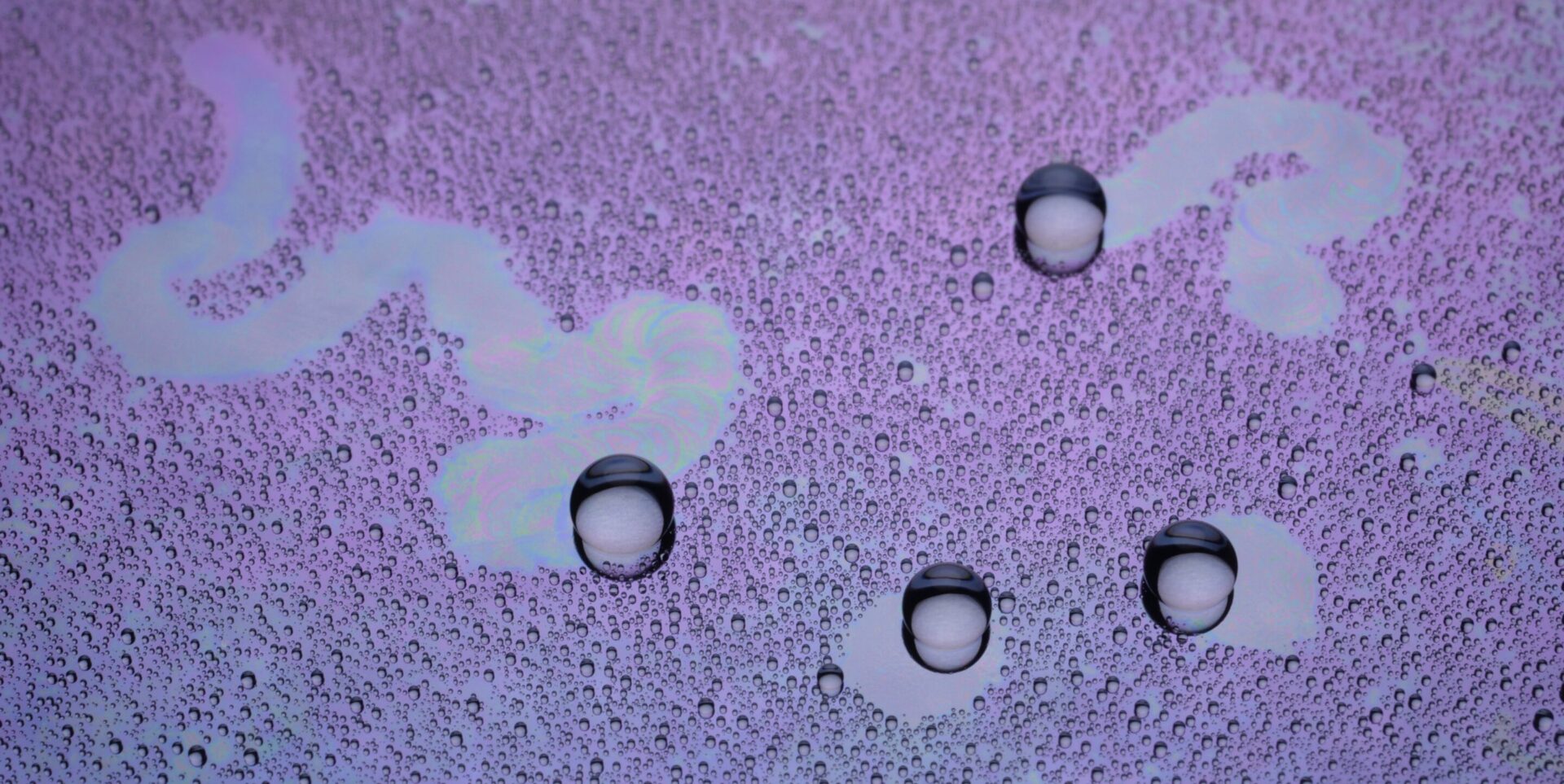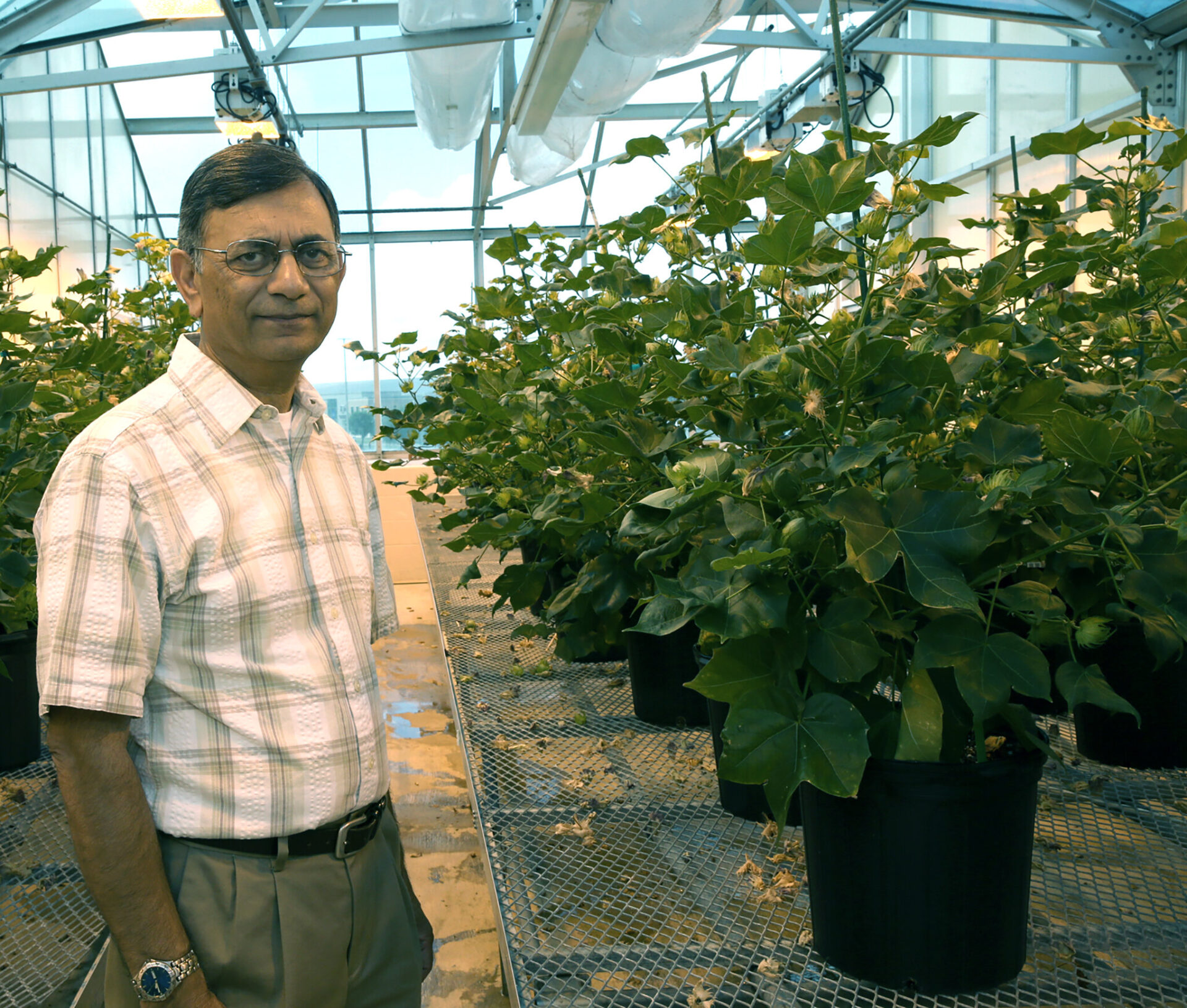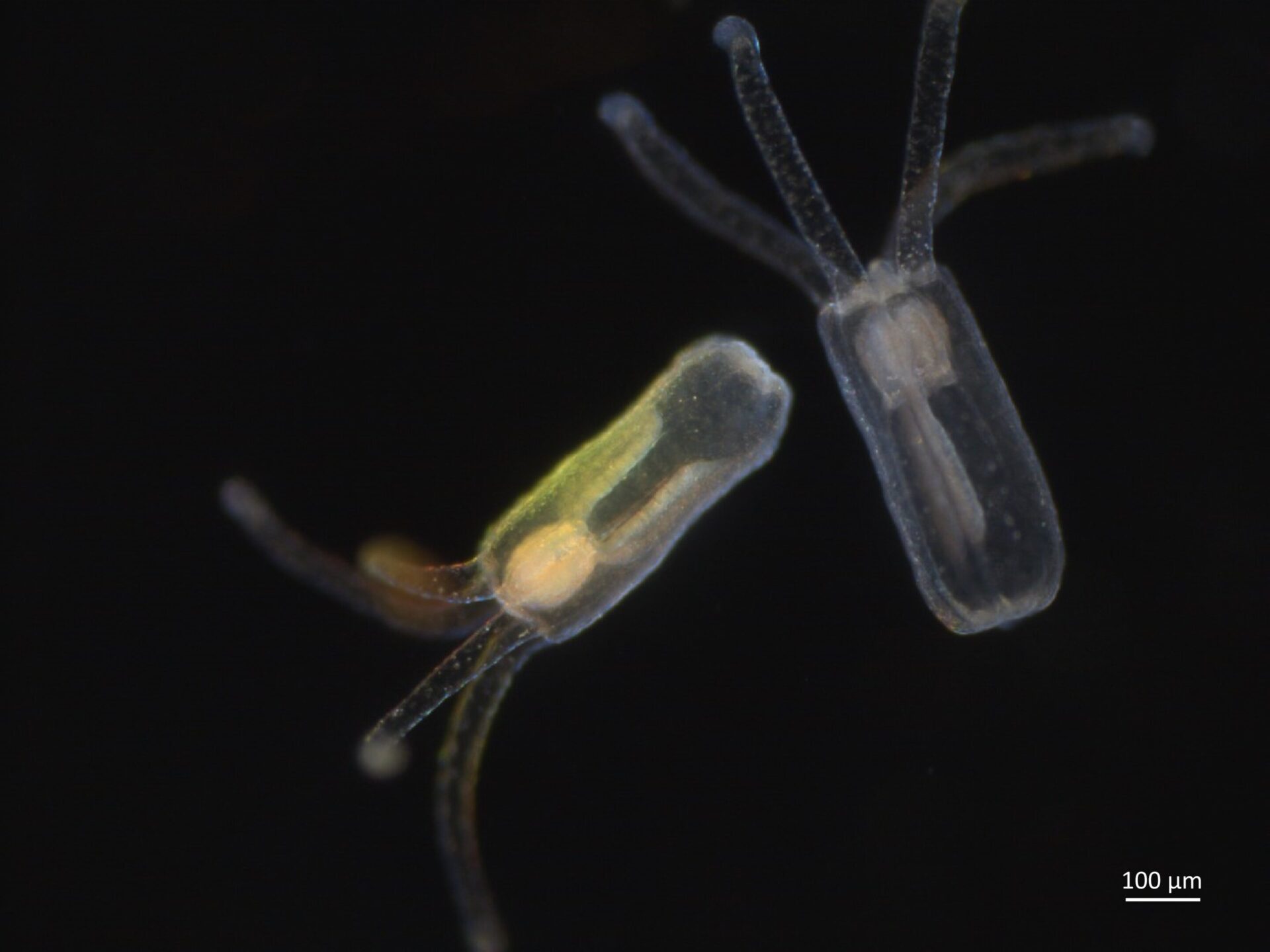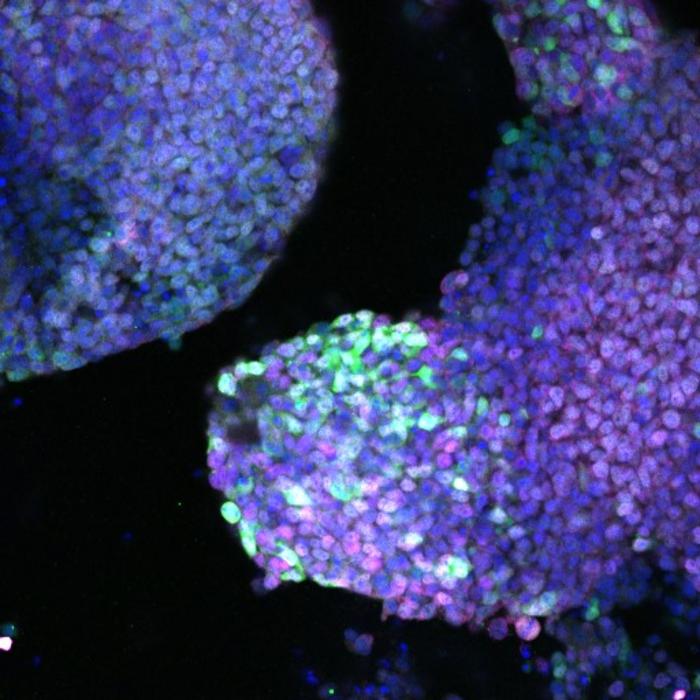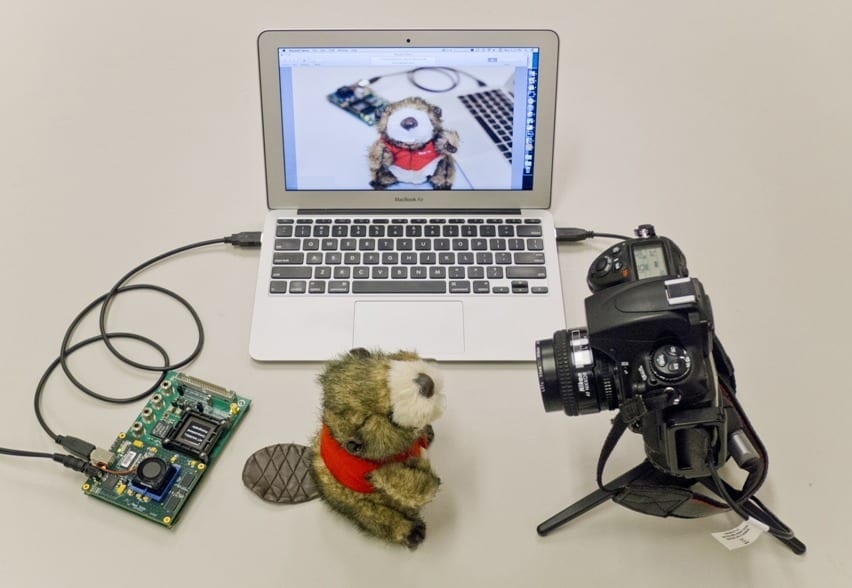Your smartphone snapshots could be instantly converted into professional-looking photographs with just the touch of a button, thanks to a processor chip developed at MIT.
The chip, built by a team at MIT’s Microsystems Technology Laboratory, can perform tasks such as creating more realistic or enhanced lighting in a shot without destroying the scene’s ambience, in just a fraction of a second. The technology could be integrated with any smartphone, tablet computer or digital camera.
Existing computational photography systems tend to be software applications that are installed onto cameras and smartphones. However, such systems consume substantial power, take a considerable amount of time to run, and require a fair amount of knowledge on the part of the user, says the paper’s lead author, Rahul Rithe, a graduate student in MIT’s Department of Electrical Engineering and Computer Science.
“We wanted to build a single chip that could perform multiple operations, consume significantly less power compared to doing the same job in software, and do it all in real time,” Rithe says. He developed the chip with Anantha Chandrakasan, the Joseph F. and Nancy P. Keithley Professor of Electrical Engineering, fellow graduate student Priyanka Raina, research scientist Nathan Ickes and undergraduate Srikanth Tenneti.
One such task, known as High Dynamic Range (HDR) imaging, is designed to compensate for limitations on the range of brightness that can be recorded by existing digital cameras, to capture pictures that more accurately reflect the way we perceive the same scenes with our own eyes.
To do this, the chip’s processor automatically takes three separate “low dynamic range” images with the camera: a normally exposed image, an overexposed image capturing details in the dark areas of the scene, and an underexposed image capturing details in the bright areas. It then merges them to create one image capturing the entire range of brightness in the scene, Rithe says.
Software-based systems typically take several seconds to perform this operation, while the chip can do it in a few hundred milliseconds on a 10-megapixel image. This means it is even fast enough to apply to video, Ickes says. The chip consumes dramatically less power than existing CPUs and GPUs while performing the operation, he adds.
Another task the chip can carry out is to enhance the lighting in a darkened scene more realistically than conventional flash photography. “Typically when taking pictures in a low-light situation, if we don’t use flash on the camera we get images that are pretty dark and noisy, and if we do use the flash we get bright images but with harsh lighting, and the ambience created by the natural lighting in the room is lost,” Rithe says.
via MIT
The Latest Streaming News: New MIT photographic chip updated minute-by-minute
Bookmark this page and come back often
Latest NEWS
Latest VIDEO

